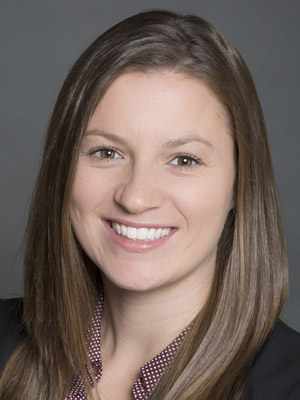
How long is my lupus patient likely to stay in remission? What will happen down the road if my RA patient fails to respond to a new biologic? What is the likely next step in osteoarthritis (OA) progression, and when can my patient expect to start noticing changes in mobility? It’s tough to predict the course of rheumatologic disease, but a new statistical approach using multi-state models can help.
“Multi-state models are growing in popularity because clinical research questions are becoming a lot more complex,” said Cynthia S. Crowson, PhD, Associate Professor of Biostatistics and Professor of Medicine at Mayo Clinic. “These new tools allow us to get better answers because they allow us to simultaneously model multiple outcomes over time.”
Dr. Crowson is co-moderator for Stats Bootcamp 3: Intro to Multi-State Models for Time-to-Event Data Analysis on Tuesday from 9:00 – 10:00 am in Room B306, Building B, in the Georgia World Congress Center.

Most rheumatologists are familiar with time-to-event analysis for a single outcome such as mortality or time to treatment response, said Dr. Crowson, Lead Statistician in Biomedical Statistics and Informatics and in Rheumatology at Mayo Clinic. Multi-state models extend that type of analysis to multiple outcomes, including quality of life, as well as competing risks.
Multi-state models are ideal for clinical studies with patient populations that typically move through multiple health states during the course of a trial. They have seen the greatest use in epidemiological studies and studies involving large claims databases, said co-moderator Jamie Collins, PhD, Senior Biostatistician at the Orthopaedic and Arthritis Center for Outcomes Research and Assistant Professor of Orthopedic Surgery at Harvard Medical School.
“Maybe you move through different complications of your disease at different times, or maybe there is a flare and remission cycle that we can begin to predict,” Dr. Collins said. “Multi-state models allow researchers to take into account multiple events and multiple potential outcomes. This method expands traditional time-to-event analyses to more flexible approaches that can consider different outcomes at different times.”
Multi-state models are relatively new to rheumatology, she said. Few rheumatologic researchers have worked with multi-state models directly, but a growing number of peer reviewers are encountering them in articles they are asked to review for journals in the field. As these tools become more familiar, more researchers will be incorporating multi-state analysis in their own research programs — but only if they know how to use them.
Multi-state analysis is so new that few mainstream statistical software programs have added the models to their products. For now, working with multi-state models usually requires familiarity with R programming. Most new statistical models enter the research world in R because it can be written and manipulated by the end user, Dr. Crowson said.
“The nice thing about R is that it is free, so software is available to researchers whatever their budget,” she said. “The plan for this bootcamp is to introduce these models, give people clues on what to look for, and how to know if they are using the model correctly or not. As statisticians, we need to inform researchers on what they are looking at and how to interpret it.”
Multi-state models may be the newest wave in statistical analysis for clinical studies, but they are not the most appropriate approach for every researcher or for every study.
“Multi-state models bring some significant advantages to the analysis, but there are important limitations, too,” Dr. Collins said. “This is an advanced analytic tool and people may not be able to implement it immediately. But everybody should walk away being able to understand these methods and to be able to read and critique a paper that is using multi-state models.”
